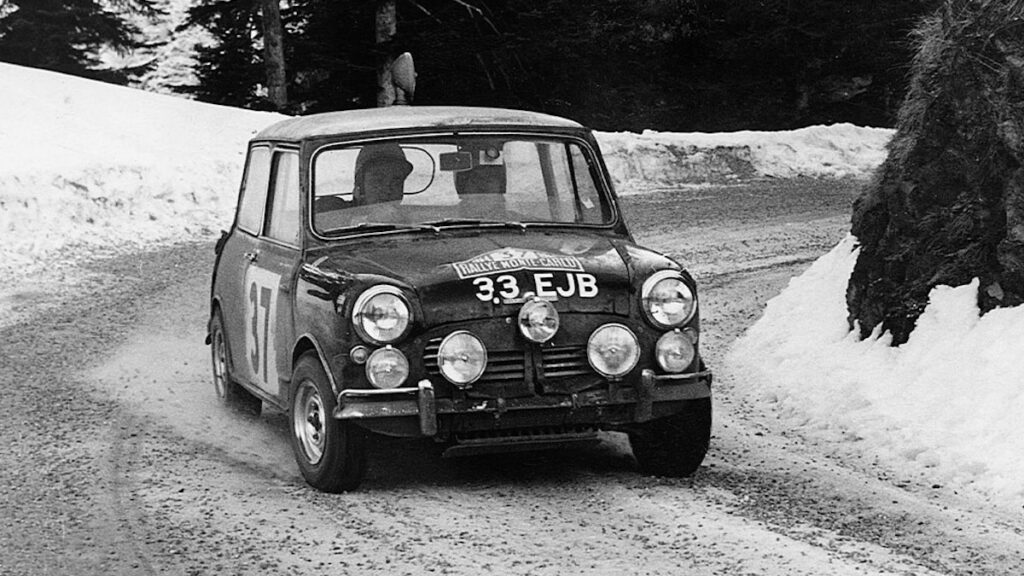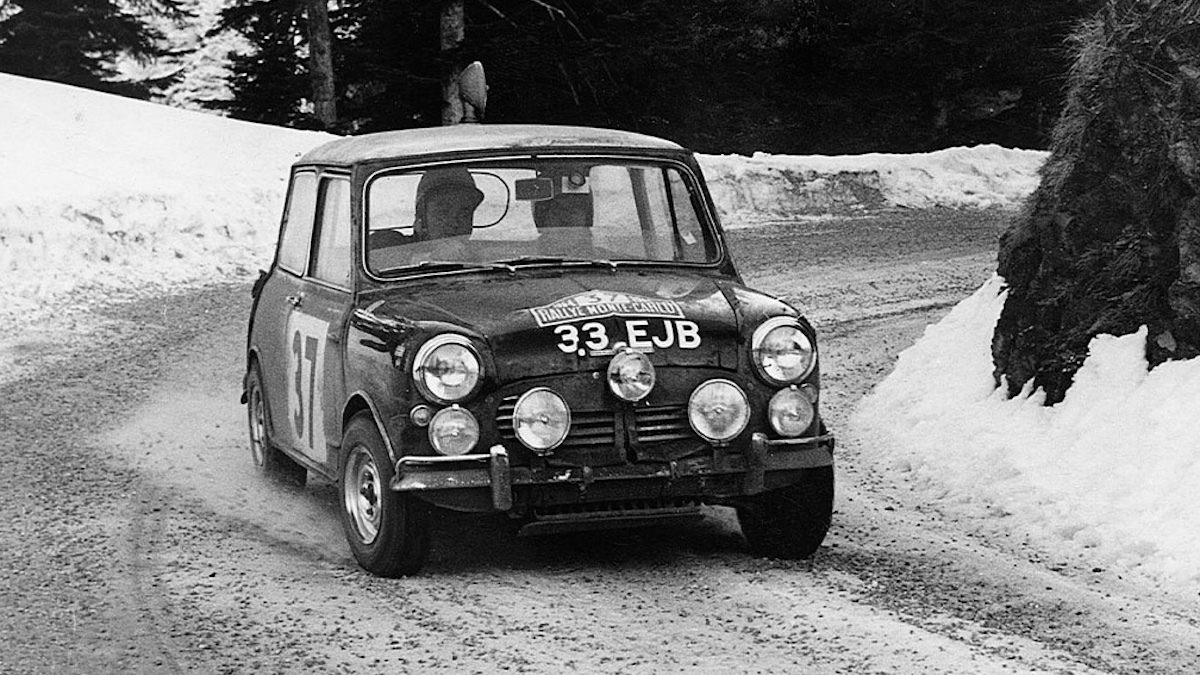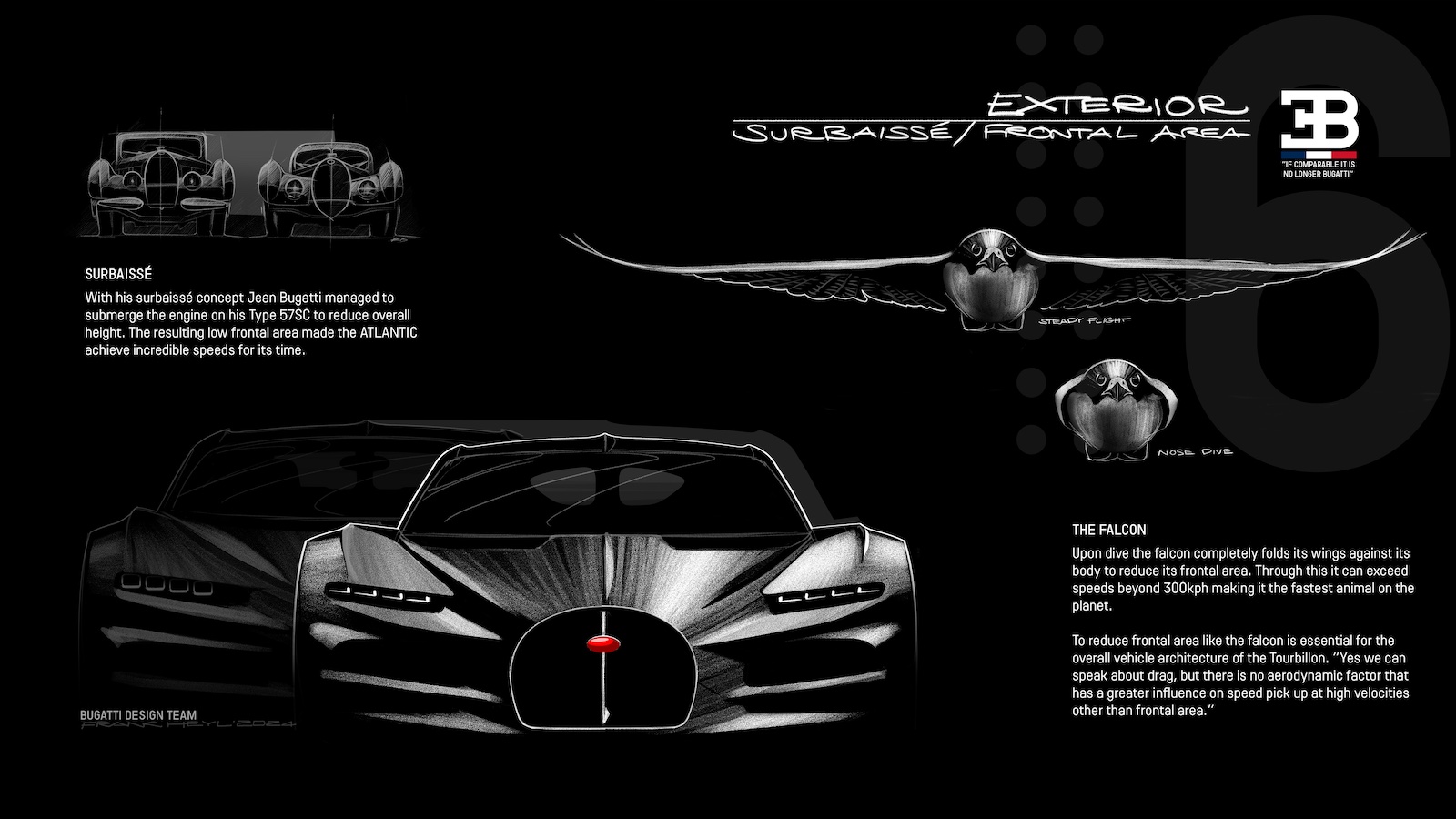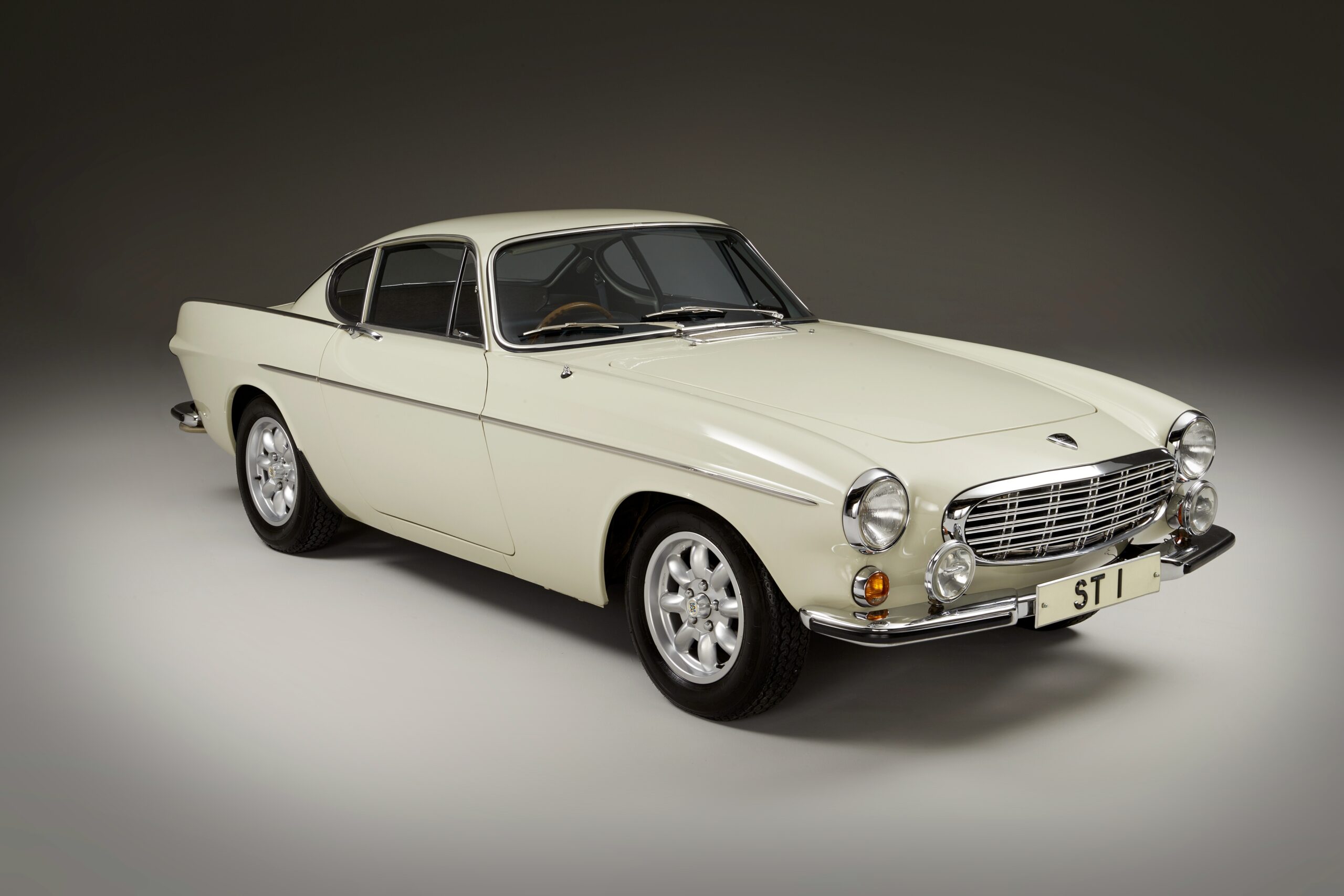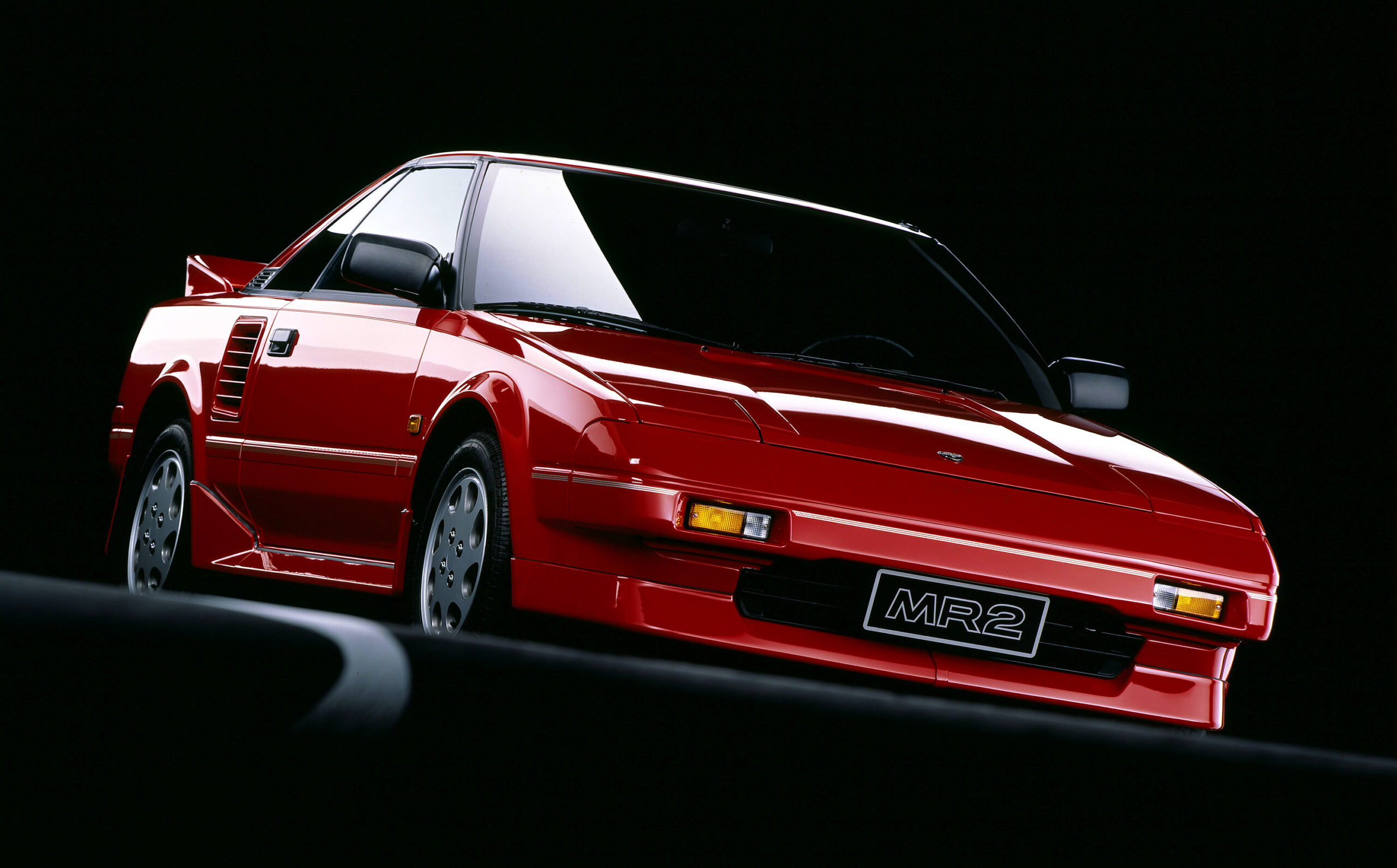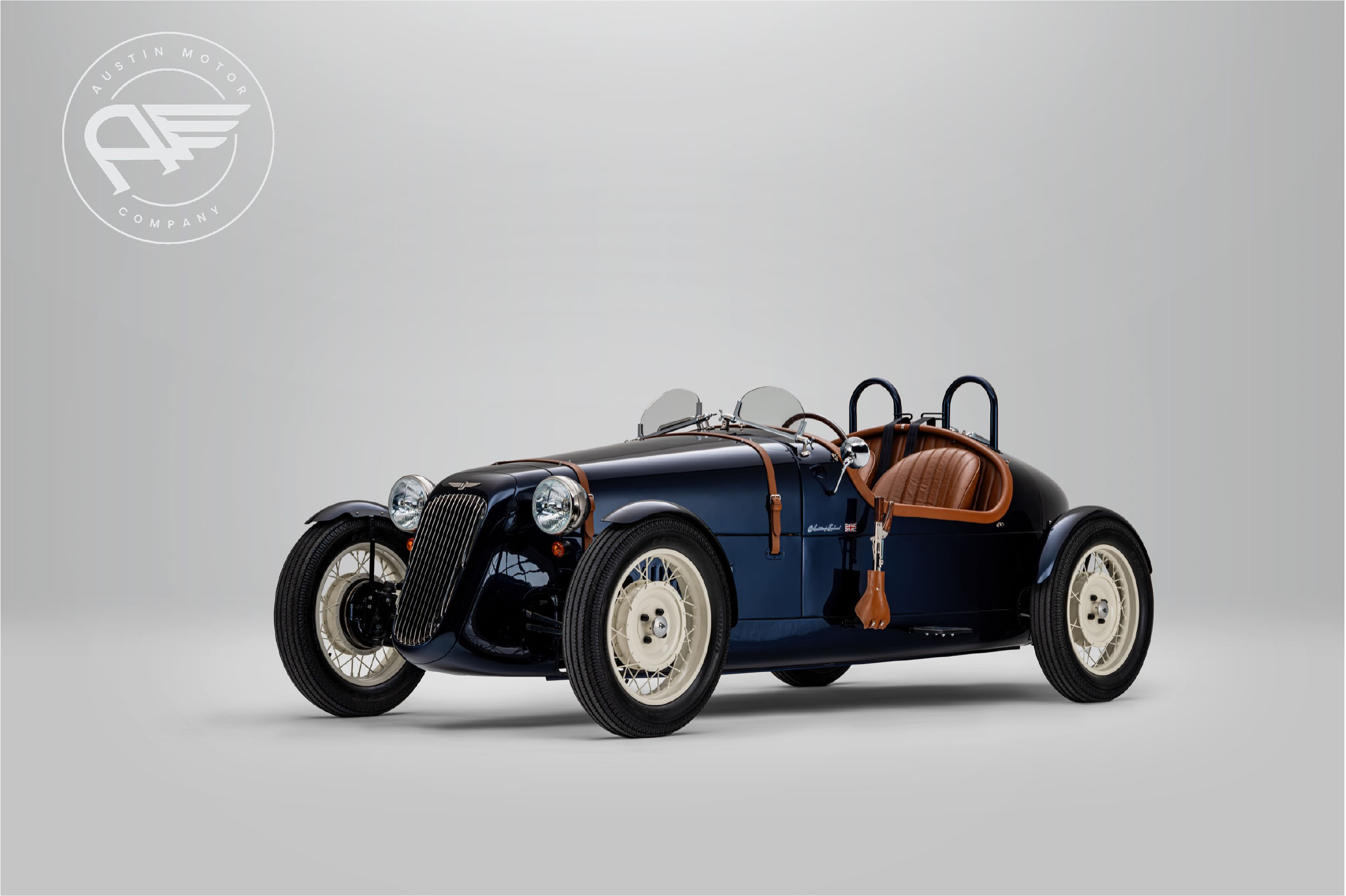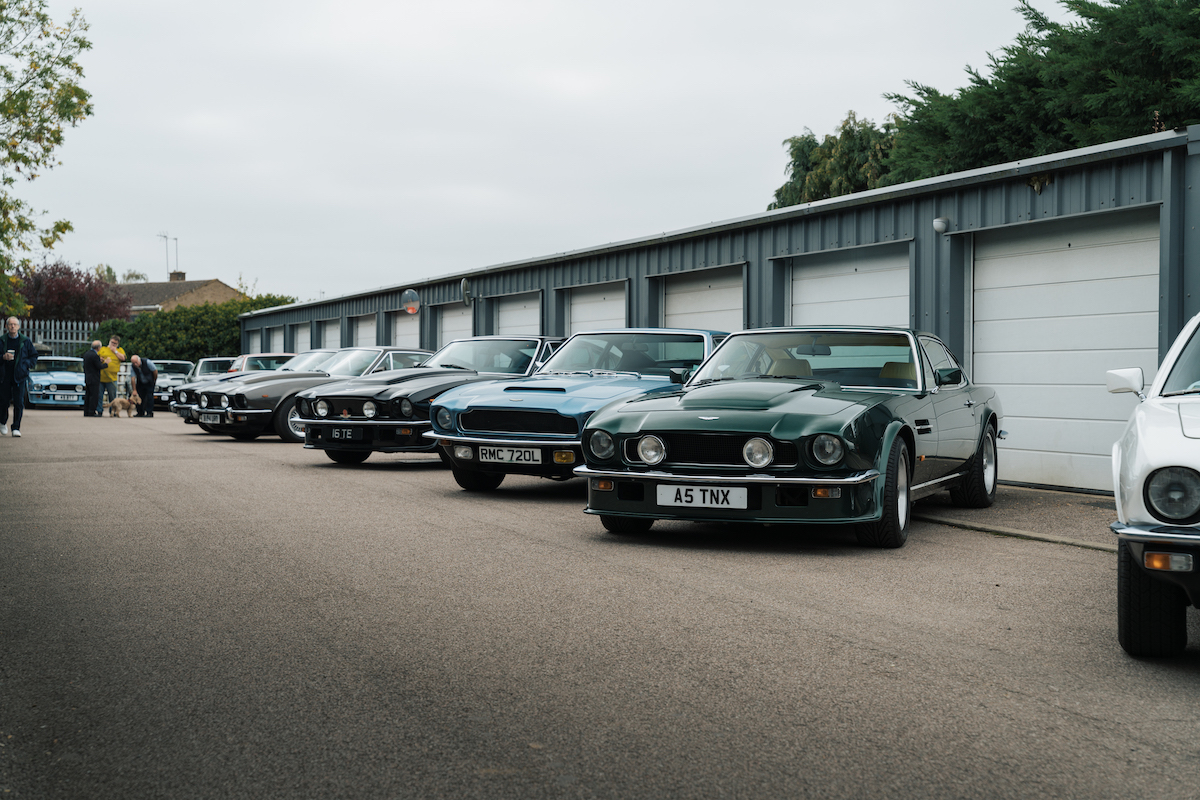From spending frosty mornings watching Ford Escorts barrel down the notorious ‘Mineshaft’ near Canberra, to managing Subaru’s Championship-winning team during the 1980s, Cliff Chambers has a long association with rallying. Who better, then, to take a look back at the cars that have been most influential in the sport? This is part two of 10 in this series.
From the minute the world set eyes on BMC’s Mini, there were people devising ways to make the little front-wheel drive car fast enough to beat bigger vehicles in race and rally contests.
John Cooper and his crew were already Formula 1 champions and knew a bit about how to make small engines perform like big ones. After starting with an unreliable short-stroke block, BMC increased the Mini’s engine capacity to 1071cc as they produced an ‘S’ version of the Cooper.
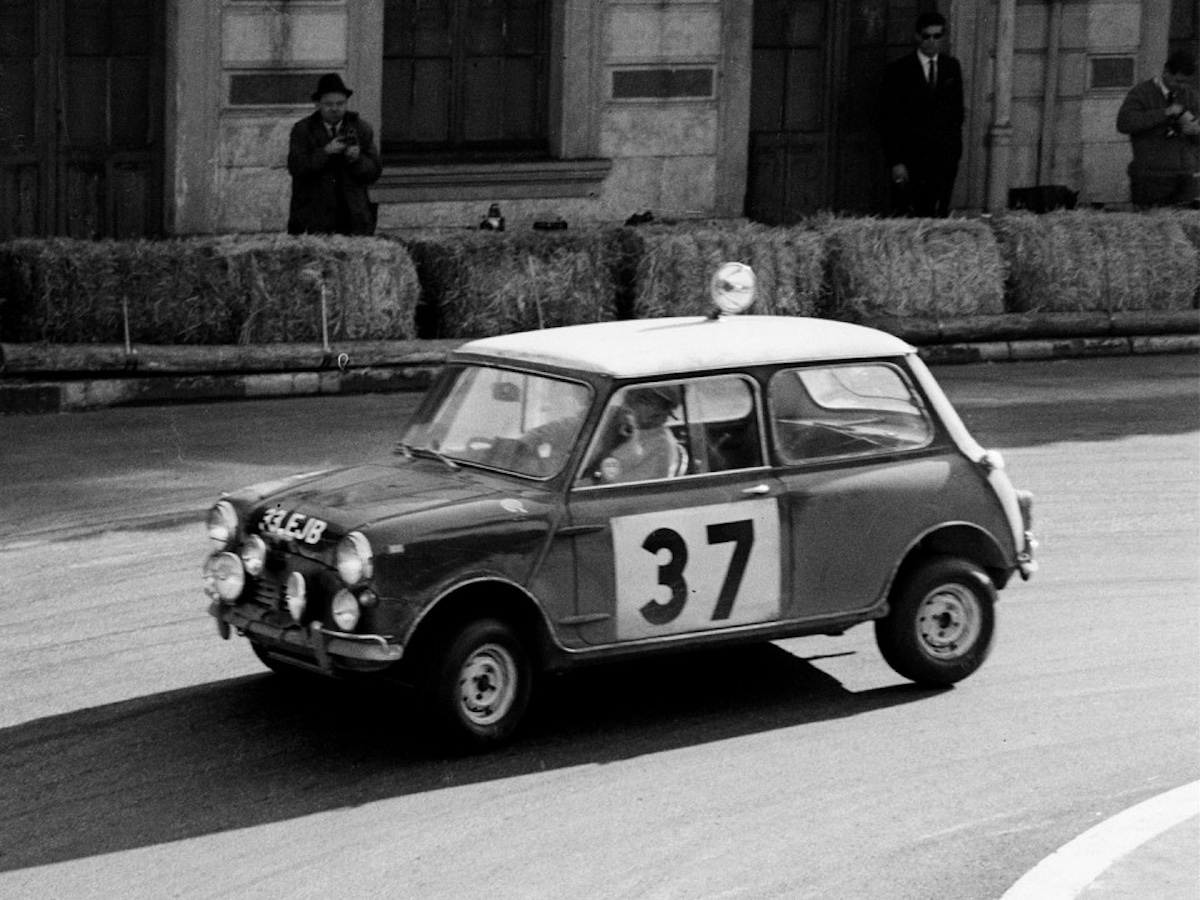
In 1964, this car shocked its rivals and especially event organisers by winning the 1964 Monte Carlo Rally at the hands of Paddy Hopkirk. It finished ahead of a Ford Falcon Futura Sprint powered by a 4.7-litre V8, while Erik Carlsson – the rally’s winner in 1962 and ’63 – came third in his three-cylinder Saab 96 Sport.
The Cooper S then did nothing much until 1965 when a Mini again won the Monte and followed it with success in six other European Rally Championship events including the prestigious RAC in Britain.
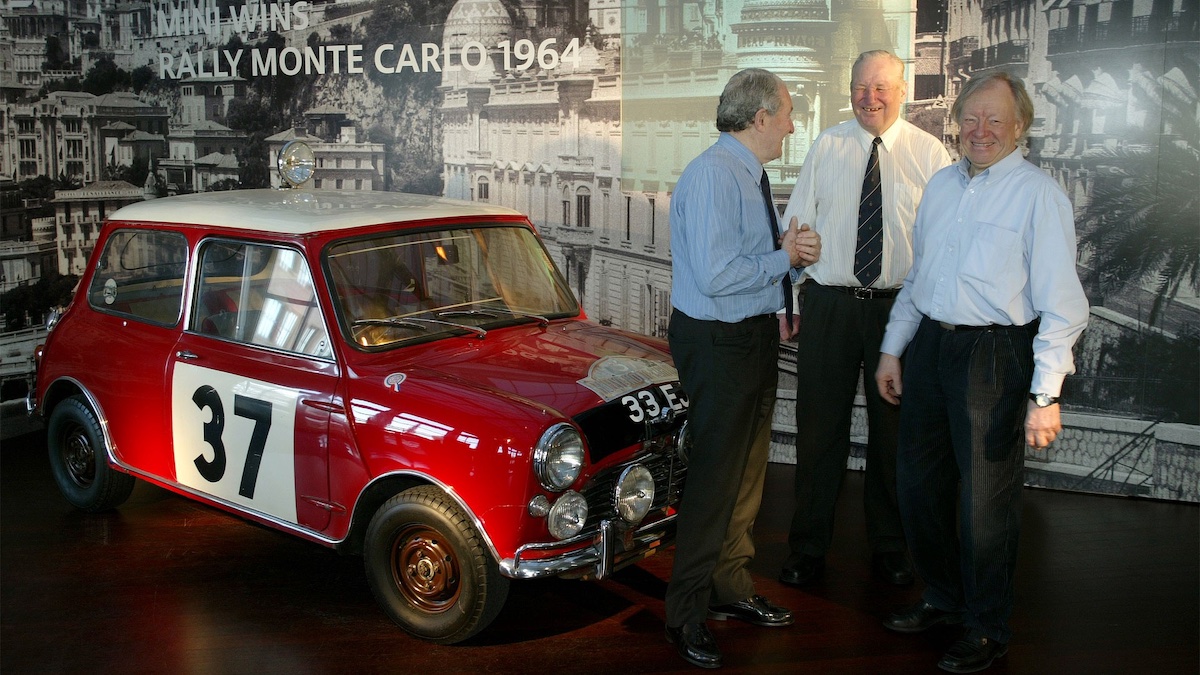
By then, the Mini’s engine had grown to the now-familiar 1275cc size, with it developing around 70kW in rally tune. Top speed of a 1275cc Cooper S was barely 160km/h, but drivers like Rauno Aaltonen and Timo Mäkinen who were adept at left-foot braking could guide their Minis along twisting roads at undiminished pace.
In Australia, on rougher roads, the Mini struggled against Holdens and Ford Cortinas with their greater underbody clearance. However, in the hands of BMC’s public relations boss Evan Green, the Cooper S remained competitive in Australian Rally Championship events until 1970.
Want to know more about the history of automotive rallying? Click here to find out.

